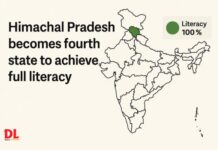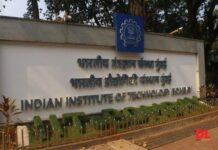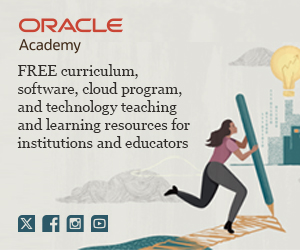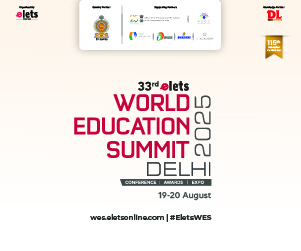Serra International Pre-school has entered into a joint venture with EtonHouse International Education Group of Singapore to launch a chain of international pre-schools across India.
The Singapore-based group is well-established in Asia with 52 schools and pre-schools across Singapore, China, Indonesia, Malaysia, Korea, Vietnam, Japan and India with students from 54 different nationalities.
“We decided to invest Rs 100 crore for setting up 100 franchised international pre-schools by next year and 1000 franchised international pre-schools in the next seven years across India. Our aim is to revolutionise the early childhood education in the country by providing world-class curriculum,” Serra International Pre-Schools Chairman, Arun Arora said.
“For the next year, we want to focus our expansion plans across Pune, Mumbai, and Gujarat in the west, Chennai, Bangalore, Hyderabad, Secunderabad in the South Delhi/NCR and Punjab in the north, These, we believe are some of the key markets that value high quality international pre-school education and would enthusiastically welcome an offering such as ours,” said Mr. Arora.
Pre-school education market is set to reach USD 1 billion mark by 2012 against USD 750 million at present. “The Indian pre-school market is set to become the largest in the world. In India, the pre-school segment is currently worth USD 750 million and is expected to reach USD 1 billion by 2012,” Serra International Pre-Schools Chairman, Arun Arora.
Currently, the industry in India divided between the organised and unorganised sector. However, the organised sector represents just 17 per cent of the aggregate industry and this is expected to raise to 25 percent next year, Arora said adding many organized players are entering into tie-up with foreign players for expansion.



















